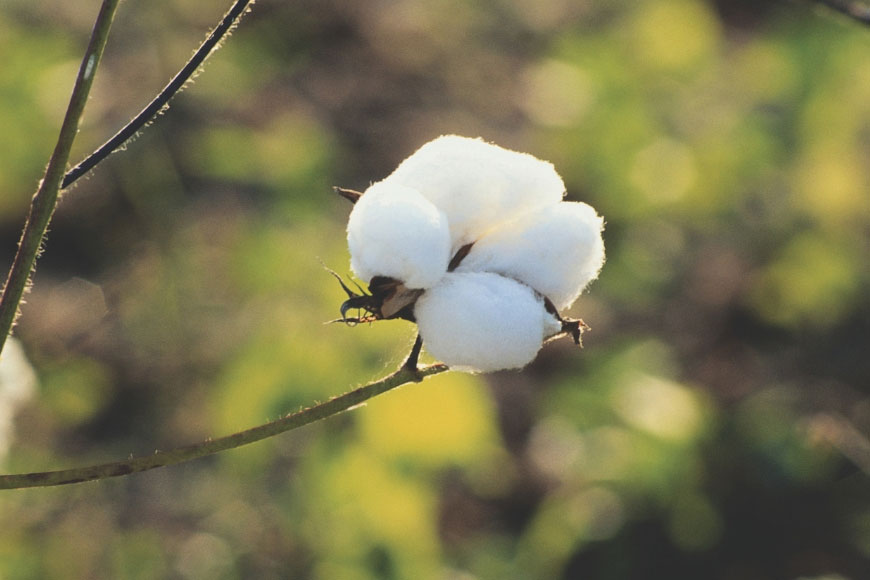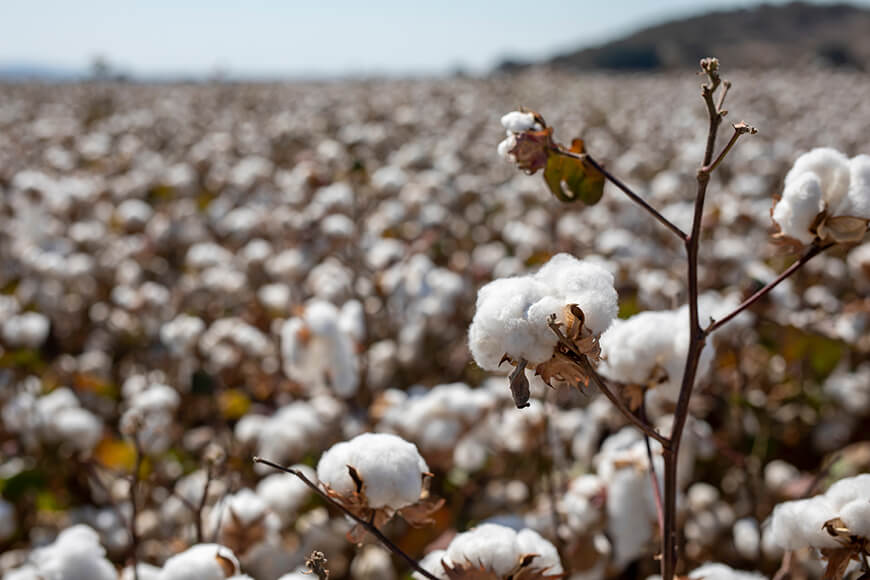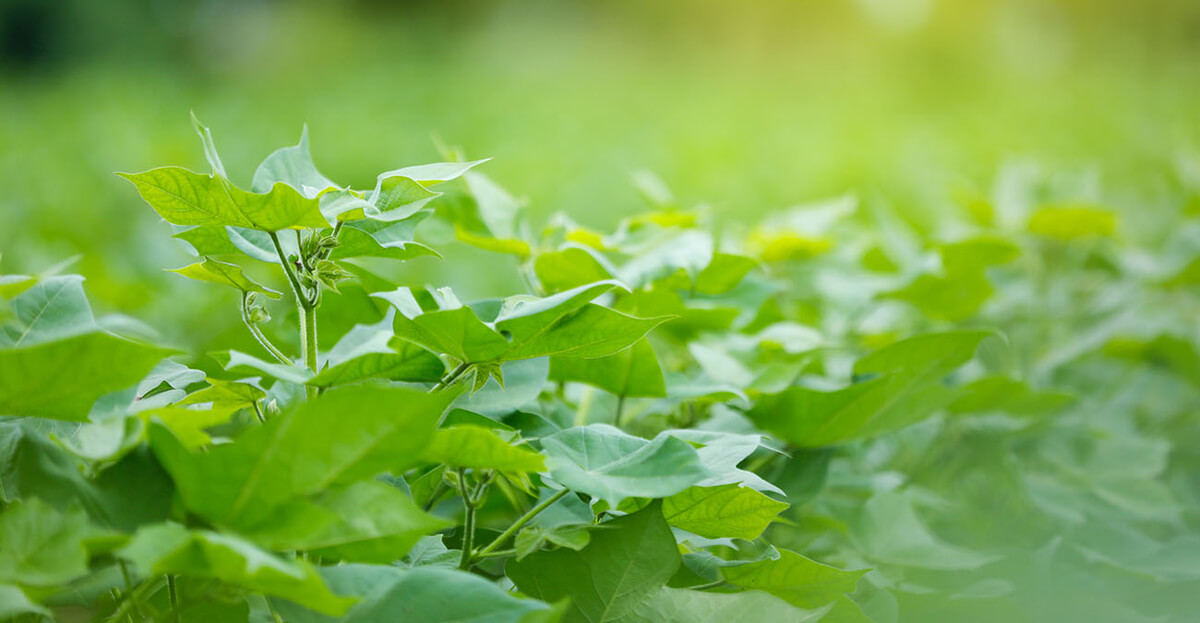Growing Degree Days
Growing Degree Days (GDDs)—also known as Heat Units or Growing Degree Units (GDUs)—are a measure of heat accumulation used to help predict plant growth development and even maturity. In corn, this is based on what’s widely known as the 86/50 System, calculated by subtracting 50 from the average of a day’s high temperature and the day’s low temperature. Why 86 and 50? Well, corn doesn’t grow well below 50°F or above 86°F degrees, so these two numbers are used as cutoffs. The calculation looks like this:
[(Tmax + Tmin)/2] – 50 = GDDs for the day
Example: The high for a given day is 83° F and the low for that day is 67°F. The calculation would be:
[(83+67) /2] – 50 = 25 GDDs
If the high temperature is above 86°F, use 86°F as the high. If the low temperature is below 50°F, use 50°F as the low. What does all this mean? Unless there’s stress from other intervening variables like drought, most crops’ level of development is dependent on air temperature (especially true for corn.) Corn hybrid maturity is classified as the number of days it will take for a particular hybrid to accumulate enough GDDs to reach physiological maturity. Here’s a chart from The National Corn Handbook (Neild and Newman.)
| Maturity | Days | GDD |
|---|---|---|
| Early-season | 85-100 | 2100-2400 |
| Mid-season | 101-130 | 2400-2800 |
| Full-season | 131-145 | 2900-3200 |
How is this used as a tool for predicting development?
A corn plant takes so many GDDs for emergence, vegetative growth, reproductive growth, and finally physiological maturity. Below is a condensed chart from the University of Kentucky. This is an example of a 2700-GDD hybrid and the GDDs required for development.
The take home here is to think in terms of thermal days, not calendar days. GDDs are a good tool to predict crop growth and development. Let’s hope temperatures keep climbing in April, and the rain will let up so we can have a successful planting season.
| Growth Stage | GDD |
|---|---|
| V2 | 200 |
| V6 | 475 |
| V12 | 870 |
| VT | 1135 |
| R1 | 1400 |
| R6 | 2700 |











